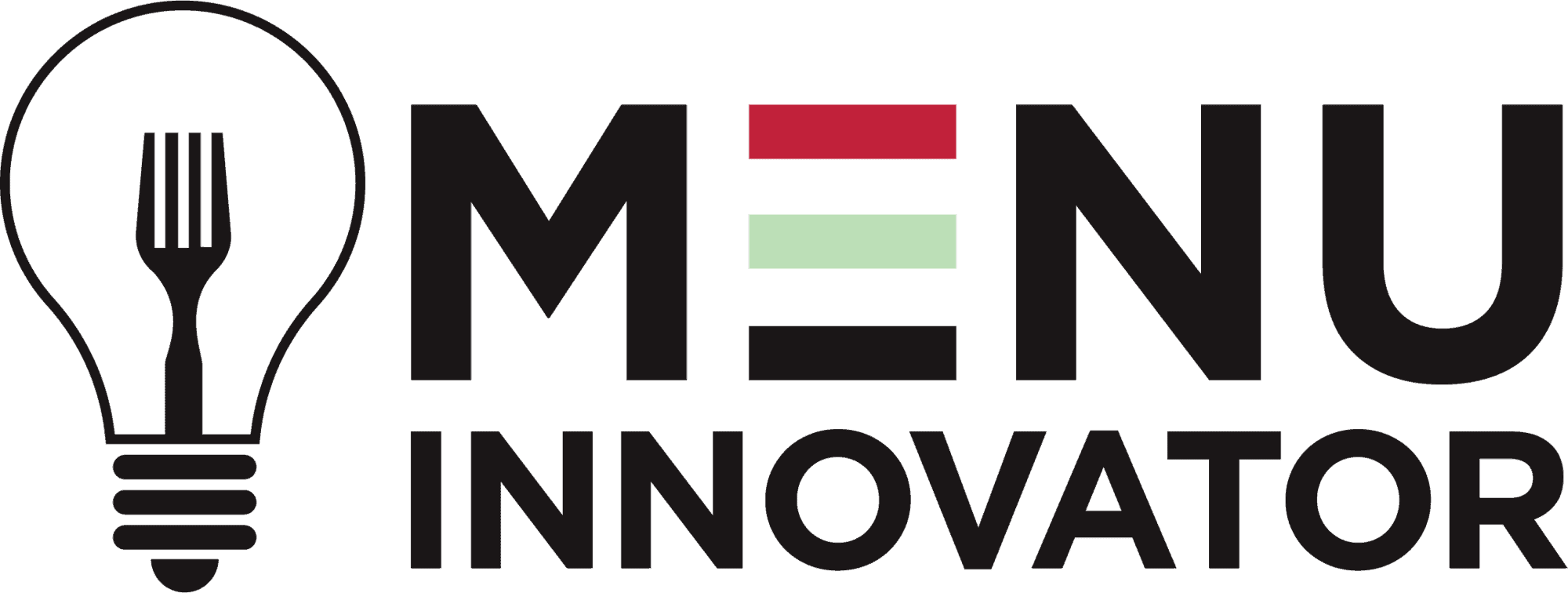The restaurant industry took a huge hit in 2020. The COVID-19 pandemic has caused shutdowns, layoffs, and massive changes in the restaurant world. Making necessary changes to keep staff and customers safe is vital, while also making service and cleanliness changes to maintain business during these strange days.
Safety is the Top Priority
For staff and customers alike, safety is the most important thing to consider in the time of COVID. There should be plans in place for staff first, including straightforward rules regarding showing symptoms, suspected symptoms and confirmed positive coronavirus results. The Centers for Disease Control (CDC) have clear criteria regarding when it is safe for someone to return to work and answers to common questions about symptoms and what to do if contact with someone who is COVID-19 positive occurs. They also have a page dedicated to strategies specific to the restaurant industry.
Cleaning and Sanitizing
Cleaning and sanitizing staff areas and customer areas are vital all the time. However, it’s never been more important than it is now. It is important to be following guidelines by the CDC, US Food and Drug Administration (FDA), and other organizations for restaurant cleanliness. For example, the FDA has a best practices guide available online, and state agencies have handy checklists that can be printed and posted in employee areas. It’s also important to use the right cleaning products to keep viral particles from remaining in or on high-contact areas and surfaces. The Environmental Protection Agency (EPA) has a list of those products to ensure high safety standards for optimized cleanliness.
Hiring Outside Help
There are some circumstances under which professional cleaning crews should be considered. Some are when several people have tested positive despite cleaning efforts. Finding a reputable service requires research, which management and owners should be prepared to do. Research involves confirming what precautions the services are taking, what products they are using, and how they screen their employees. It is best to bring crews in when the restaurant is empty, such as overnight. Consulting CDC and EPA lists regarding cleaning products is also a good idea.
Other Ways to Stay Safe
Many restaurants already realize the value of delivery options, curbside, and no-contact pickup. They’ve even implemented contactless ordering via menu apps that customers can look at on their smartphones. Another option is limiting payments to debit or credit cards or payment apps (such as Apple Pay). The unsettling truth is that cash and coins filthy. A 2014 study by New York University’s Center for Genomics and System Biology found nearly 3000 types of bacteria on dollar bills. Some of those linked to staph infections, food poisoning, and other contagious diseases. Cashless transactions are an important way to limit the spread of any illness. During the continuing pandemic, it’s more important than ever to consider this kind of system.
Keeping employees and customers safe during these uncertain times is reasonably easy to do. By following the guidelines available online, keeping communication open, and maintaining strict rules regarding any person who tests positive for COVID-19, restaurants can stay open safely and continue to treat their customers to the best menus can offer.
Want more detailed information? Our media bites are inspired by our menu innovator system of culinary intelligence for new product development. Visit menuinnovator.com or email us at info@menuinnovator.com.
Eat Well,
Dawn

Dawn Ferchak
Dawn Ferchak has been a writer and editor for more than 15 years. She received her BA in English Literature from William Paterson University and began her career straight out of college. Her areas of expertise include food, travel, hospitality, pharmaceutical and biomedical sciences, health and wellness, and the arts. She is a published poet and creative writer. In her spare time, she volunteers with animal rescue and rehabilitation organizations.
